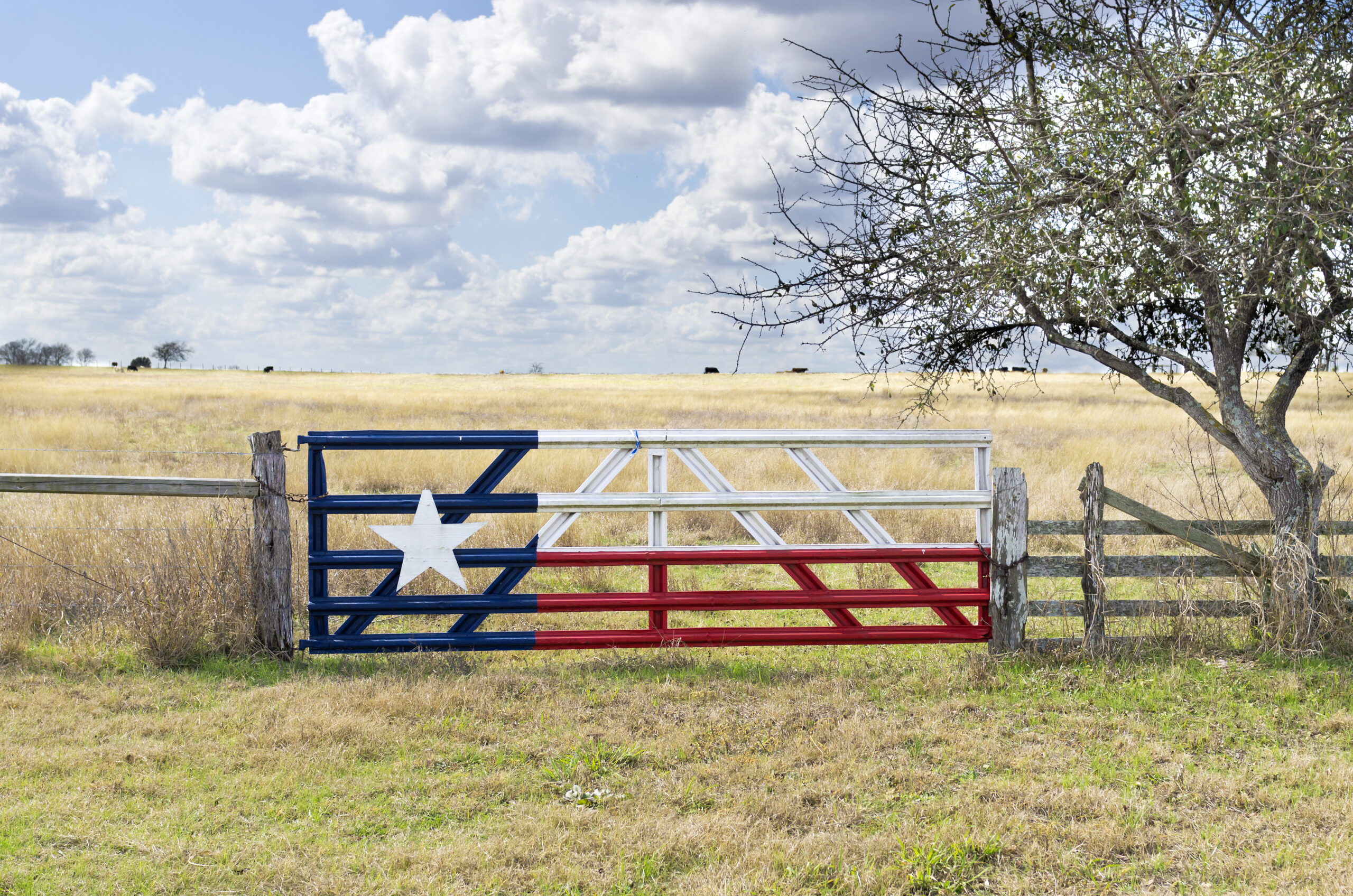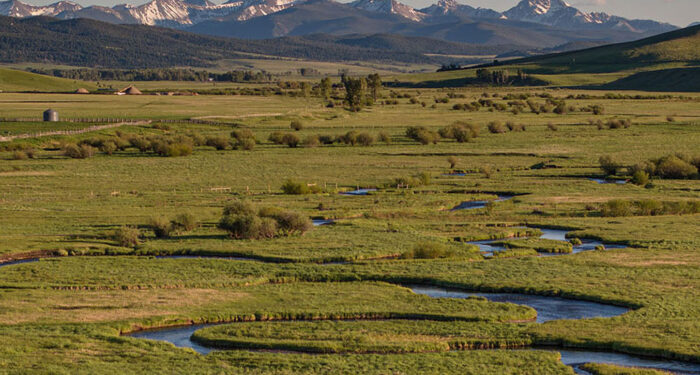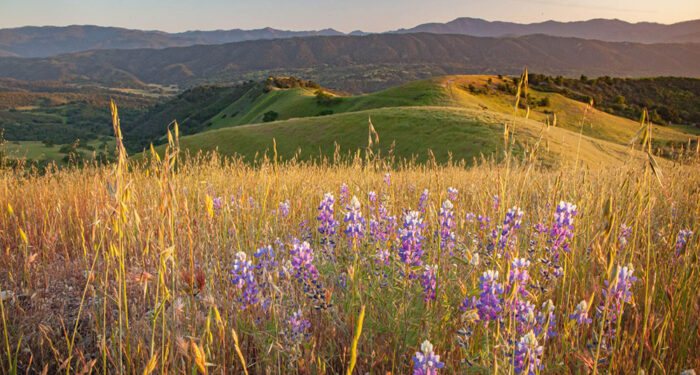Owning your own piece of land in the state of Texas has its benefits and can be very rewarding. With 97 percent of the state privately owned and managed, landowners have made use of their property in a number of different ways through agriculture production and proper wildlife management. Owning land does however come at a price as property tax increases with the more land holdings one owns. For property owners who utilize their land for agriculture purposes such as crop production or to improve native wildlife populations through management, Texas has provided valuation methods to help levy against high property tax rates.

Historically most rural lands in Texas were not seen to hold much value unless used to provide some source of income for the landowner and the economy. Through the 1800s and early to mid-1900s, land in Texas was primarily used for agriculture production such as livestock grazing, timber harvesting and/or large scale crop production. Through these methods property owners were able to earn income from their land holdings. Simultaneously, the state saw the economy thrive in the wake of large scale agriculture use, so much that Texas began providing property tax breaks to landowners that used their property for agriculture production such as cattle grazing or farming. However, with the increase in agriculture production came mismanagement of ecosystem resources.
Landowners and ranchers that used grazing methods tended to overgraze landscapes to increase their cattle production. Farmers that were in large scale crop production saw increased amounts of erosion and mineral depletion in fields following planting and harvest. To decrease the negative impact on ecosystem resources from agriculture production, the state introduced a second type of tax exemption to entice landowners to preserve natural resources and wildlife species.

There are two types of appraisal methods in Texas which allow for tax exemptions for property owners. The first is tax appraisal method known as the “Assessments of Lands Designated for Agriculture Use” or 1-d. This type of appraisal is appropriate to landowners who use their land full time solely for agriculture production and the landowner’s income stems from the agriculture enterprise. Today most landowners in Texas do not base their entire income from full time agriculture operations on their property. For this reason, the state introduced a more appropriate tax break that landowners have taken advantage of. This tax valuation method is known as the “Taxation of Certain Open Space Land” (OSL) or Open-space appraisal 1-d-1. The OSL is based solely on the primary use of the land and has no consideration for the landowner’s income or occupation making it much more appealing to landowners looking for taxation relief. Furthermore, in 1995 Texas passed bill HB 1358 which added wildlife management to the list of qualifying agriculture practices for property tax relief under Open-space appraisal 1-d-1. Most land owners in Texas that take advantage of tax exemption fall under the Open-space appraisal 1-d-1, either through agriculture valuation or wildlife.
To be qualified for OSL special tax appraisal based on wildlife management use there are a few requirements that must be met. The first is that the property must have been qualified and appraised as open-space agriculture land use the year prior to conversion to wildlife management use. If the land is not currently qualified under the open-space agriculture land use appraisal, the landowner can apply for qualification by submitting documentation supporting agriculture use of the property five out of the last seven years. The next qualification for OSL based on wildlife management use is that the property must be “actively managed” to sustain a breeding, migrating, or wintering population of indigenous wild animals for human use. Human use indicates that wildlife species must be used for food, medicine, recreation through active pursuits like hunting or photography and/or through passive use such as simply owning property and correctly managing the wildlife resources. The OSL based on wildlife management also requires the property to submit a wildlife management plan to the chief tax appraiser in the county which it resides. The wildlife management plan must coincide with the management practices implemented on the specified property and which also coincide with the recommend practices for that specific ecoregion outlined in Texas Parks and Wildlife Department Comprehensive Wildlife Management Plan Guidelines. Through the OSL special tax appraisal based on wildlife management use there are 7 main categories that management practices fall beneath. Below I have outlined the 7 categories and a few of the different management practices that are used to improve target wildlife species and habitat.




